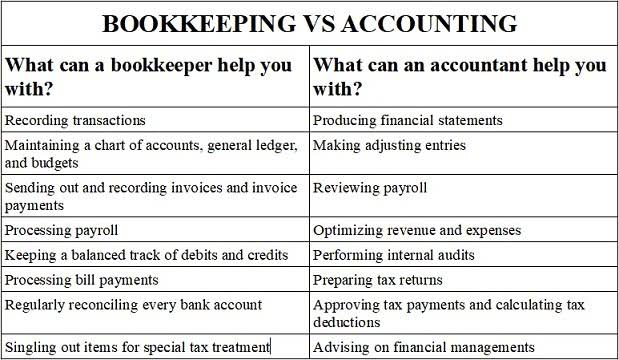Conversely, if a company is not growing, it what is change in nwc may not need as much working capital and may experience a decrease in net working capital requirements. Credit policy adjustments often lead to changes in how quickly cash comes in. A tighter, stricter policy reduces accounts receivable and, in turn, frees up cash. That comes at a potential cost of lower net sales since buyers may shy away from a firm that has highly strict credit policies. Excessive working capital for a prolonged period of time can mean a company is not effectively managing its assets.
How to Calculate Working Capital
Change in net working capital refers to how a company’s net working capital fluctuates year-over-year. If your net working capital one year was $50,000 and the next year it was $75,000, you would have a positive net working capital change of $25,000. Learn online from Wall Street Prep — the training firm that prepares new hires at the world’s top financial institutions.
- This includes bills and obligations you still need to pay, such as what you owe to your suppliers, lenders, or service providers.
- • A positive NWC means a company can pay off its debts and invest in growth.
- While NWC is invaluable for short-term financial analysis, it lacks insight into a company’s long-term financial health.
- For example, items such as marketable securities and short-term debt are not tied to operations and are included in investing and financing activities instead.
- Current assets include assets a company will use in fewer than 12 months in its business operations, such as cash, accounts receivable, and inventories of raw materials and finished goods.
What is the Net Working Capital Ratio?
Working capital is a basic accounting formula (current assets minus current liabilities) business owners use to determine their short-term financial health. Changes in working capital can occur when either current assets or current liabilities increase or decrease in value. A business has positive working https://www.instagram.com/bookstime_inc capital when it currently has more current assets than current liabilities. This is a sign of financial health, since it means the company will be able to fully cover its short-term obligations as they come due over the next year.
Business is Our Business
In other words, your business needs working capital in the form of cash, debtors, raw materials inventory, bills receivable, etc. In this article, you will learn about managing current assets that act as a source of short-term finance for your business. Further, you will also learn what is Net Working Capital and how to calculate Net Working Capital. If a company borrows $50,000 and agrees to repay the loan in 90 days, the company’s working capital is unchanged.
- In our hypothetical scenario, we’re looking at a company with the following balance sheet data (Year 0).
- The difference between this and the current ratio is in the numerator where the asset side includes only cash, marketable securities, and receivables.
- The cash flow from operating activities section aims to identify the cash impact of all assets and liabilities tied to operations, not solely current assets and liabilities.
- It shows the difference between what a business owns (like cash, goods, and money others owe them) and what it owes to others.
- It’s just a sign that the short-term liquidity of the business isn’t that good.
Q. Does NWC impact a company’s ability to secure long-term financing?
Conversely, a negative WC might not mean the company is in poor shape if it has access to large amounts of financing to meet short-term obligations such as a line of credit. The Net Working Capital formula involves deducting current liabilities from current assets. Current assets encompass cash, accounts receivable, inventory, and short-term investments expected to convert to cash within a year. Conversely, current liabilities encompass accounts payable, short-term debts, and accrued expenses due within the same timeframe.
It might indicate that the business has too much inventory or isn’t investing excess cash. Alternatively, it could mean a company fails to leverage the benefits of low-interest or no-interest loans. Now that we understand the basics and the formula of the concept, let us understand how to calculate the changes in net working capital cash flow through the step-by-step explanation below. Inventory decisions are a crucial factor that can lead to a change in working capital.
- Lenders will often look closely at a potential borrower’s working capital and change in working capital from quarter-to-quarter or year-to-year.
- A company’s growth rate can affect its change in net working capital requirements.
- Generally, a working capital ratio of less than 1.0 is an indicator of liquidity problems, while a ratio higher than 2.0 indicates good liquidity.
- Thus, it’s appropriate to include it in with the other obligations that must be met in the next 12 months.
- If this negative number continues over time, the business might be required to sell some of its long-term, income producing assets to pay for current obligations like AP and payroll.
A negative net working capital, on the other https://www.bookstime.com/ hand, shows creditors and investors that the operations of the business aren’t producing enough to support the business’ current debts. If this negative number continues over time, the business might be required to sell some of its long-term, income producing assets to pay for current obligations like AP and payroll. Expanding without taking on new debt or investors would be out of the question and if the negative trend continues, net WC could lead to a company declaring bankruptcy.



